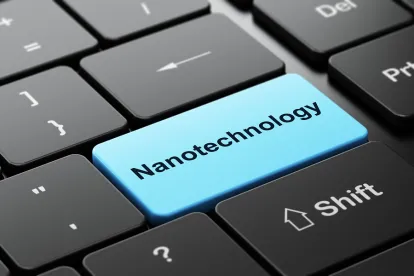Gov4Nano, NANORIGO, and RiskGONE, three projects funded by the European Union (EU), are working together “to develop and establish a robust public policy framework for the use of nanomaterials based on scientific evidence supporting a clear understanding of risks, their assessment and management within wider societal considerations.” The projects are conducting a survey to understand better how the needs of different stakeholders can be addressed through the outputs of the projects. According to the survey, these projects have produced:
-
A blueprint for an organization to govern nanotechnology-related risk comprising individuals (experts, stakeholders) who provide “problem-solving capacity” to support decisions on new/emerging risks from engineered nanomaterials. The form of this organization could be:
-
Option A: A permanent structure (“House”) that develops and offers access to a risk governance framework and a range of data and tools (see below), as well as a series of activities and services, including advice, expert opinion, or technical assistance; or
-
Option B: A “Taskforce” or committee, mobilized by the European Commission (EC) or others, to respond to specific needs or challenges, like the Scientific Committee on Health, Environmental and Emerging Risks (SCHEER);A Risk Governance Framework that guides users in the identification, assessment, management, and communication of risks;
-
-
Data from experiments using engineered nanomaterials that link material properties with observed effects in humans, living organisms, and the environment; and
-
A set of tools that can be used to analyze the quality and suitability of the available data, make comparisons and predictions, and support decision making. These will be available via an online portal.
All responses will remain confidential, and no specific comments will be attributed to any individual. Responses are due September 30, 2022.




 />i
/>i

